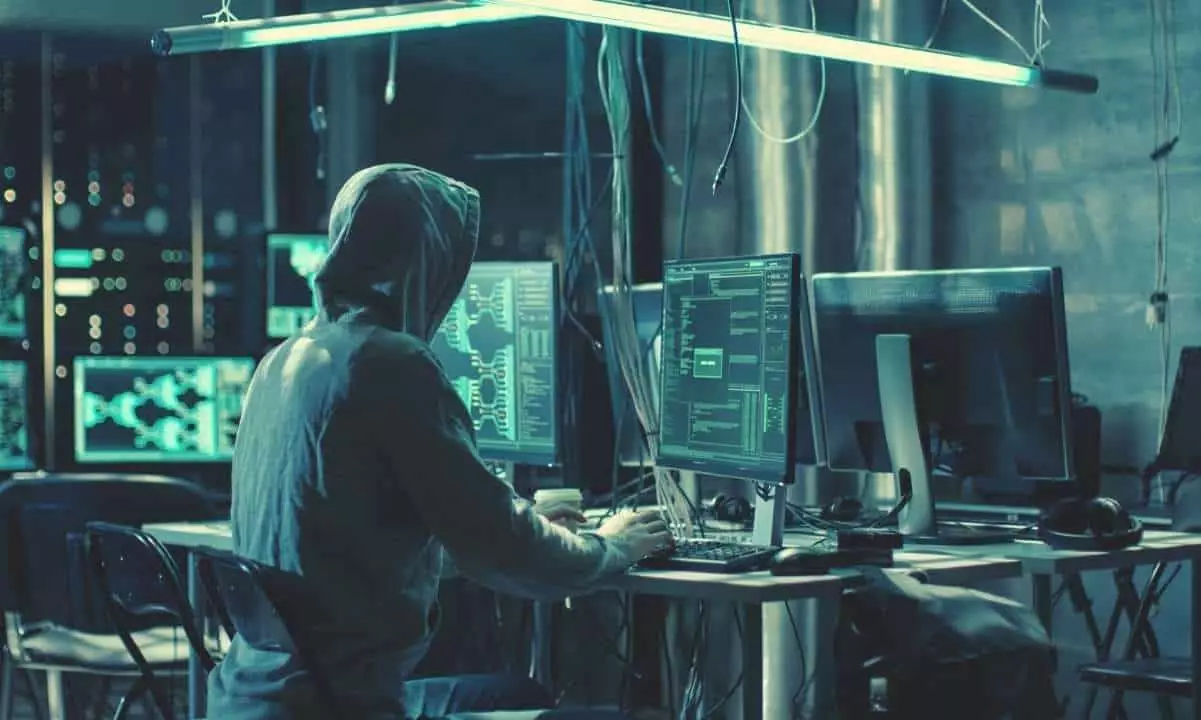In recent news, zkLend, a decentralized finance lending protocol built on Starknet, became a significant case study in the vulnerability of blockchain technologies when it experienced a critical security breach. This incident, which occurred on February 11, 2023, resulted in the loss of approximately 3,700 ETH, totaling around $4.9 million. The fallout from this breach has not only halted withdrawals but has also sparked discussions about the robustness of security measures in decentralized finance (DeFi) protocols.
The breach at zkLend was confirmed through a series of announcements on the social media platform X, where the team described the incident as a serious threat to their financial integrity. The protocol took immediate action, pausing all user withdrawals and advising them against any new deposits or repayments while the investigation unfolded. This swift response is noteworthy, highlighting the team’s recognition of the urgency of the situation. Yet, the gravity of the hack raises questions about the security measures that were in place prior to the incident.
Security incidents in the cryptocurrency realm are not novel; they have persisted as a problem since the inception of digital finance. Despite innovative advancements, platforms often remain susceptible to skilled hackers. In the case of zkLend, their reliance on smart contracts, which are entities designed to self-execute based on pre-defined conditions, proved to be a double-edged sword. While smart contracts are touted for their automation and efficiency, their vulnerabilities can be exploited if not meticulously secured.
Investigation and Recovery Efforts
Following the breach, zkLend enlisted the help of several industry experts, including StarkWare, ZeroShadow, Binance Security, and Hypernative Labs. This collaboration underscores the importance of a multi-faceted approach in addressing such security challenges. While the protocol committed to conducting a thorough post-mortem analysis and updating its users, it also offered a unique, albeit controversial, strategy: a bounty for the hacker.
In an unusual move, zkLend reached out to the perpetrator with a proposal to return the stolen funds in exchange for a 10% bounty. This decision, while potentially advantageous as it seeks to amicably resolve the theft, raises ethical and strategic questions. It reflects a broader trend within the DeFi sector where protocols seek to negotiate with hackers rather than pursuing punitive measures. However, historical precedents from similar incidents showcase that such agreements often yield no results; previous offers to cybercriminals have been flatly ignored, leaving organizations with empty promises of recovery.
As the investigation progresses, the role of blockchain forensics comes to the forefront. The hacker’s technique involved utilizing a privacy mixer, Railgun, to launder the stolen funds. This choice illuminates the challenges that follow cryptocurrency thefts—once funds are laundered through mixers, tracing their paths becomes increasingly difficult, complicating recovery efforts.
The response from the zkLend community is also a crucial factor to consider. Users are understandably anxious about the fate of their assets, producing calls for enhanced security measures and increased transparency from the zkLend team. In the midst of this trying period, it is imperative for zkLend to not only reassure users but also to engage them in discussions about improving protocol security. By doing so, they can potentially restore trust while reinforcing their defenses against future incidents.
The zkLend breach serves as a stark reminder of the vulnerabilities inherent in DeFi protocols. Although zkLend has mobilized various security agents to track the perpetrator and recover the stolen assets, it highlights the need for a comprehensive security framework that evolves as rapidly as the threats it faces. Protocols must invest in advanced security audits and continuously test their smart contracts against potential exploits.
Furthermore, the emphasis on education within the crypto community can play a pivotal role. Users should be educated about the risks associated with DeFi platforms, informing them about measures they can take to protect their investments. Ultimately, this incident might act as a catalyst for change, urging DeFi protocols to bolster their security frameworks and operate with greater transparency.
As zkLend navigates this security crisis, the lessons learned will undoubtedly reverberate throughout the DeFi landscape—offering important insights not only for zkLend but for the industry as a whole. The question remains: how can the sector fortify itself against future breaches while maintaining its core principles of decentralization and financial autonomy? The answer will shape the future trajectory of decentralized finance.

